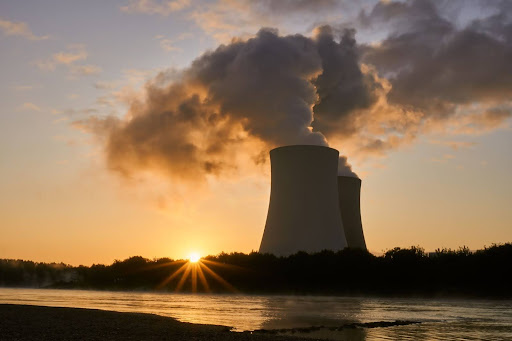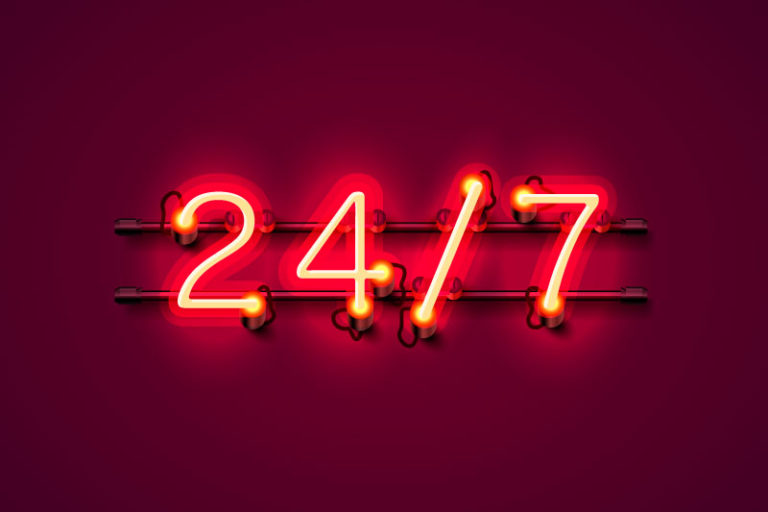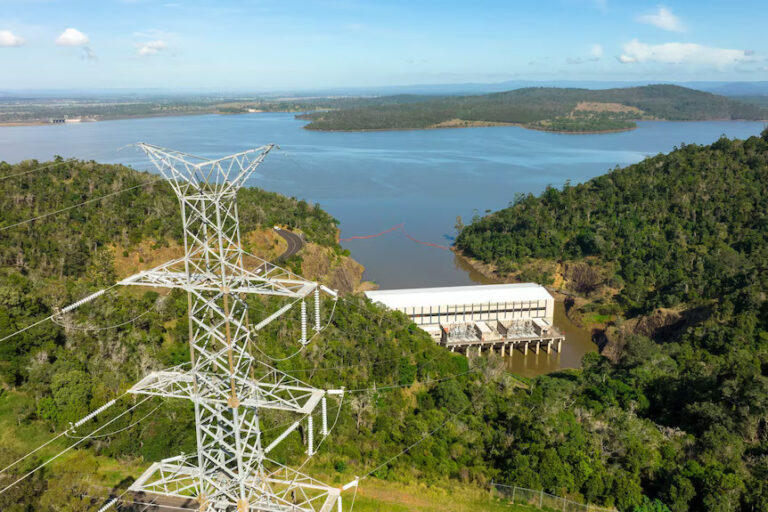Chris Baker

Image by Markus Distelrath via Pixabay
There’s been lots of discussion lately about nuclear power and its role in a future Australian grid. In a recent Investor Q&A Webinar for our equity crowdfunding campaign on Birchal, we were asked if we see nuclear power as a threat to our Superhybrid™ business model. That question inspired me to write this blog.
The advantages we hear about nuclear power are often based on its reliability and availability. Naturally these are attractive. But let’s dive deeper into the technology and how it would mesh with the future Australian grid.
In this discussion I’ll limit myself to comparing technologies and their capabilities, using a perspective of ‘technology neutrality’. This means I won’t take a stance on whether the technology is good or bad. Just what its capabilities are and how it would contribute to energy needs on a daily basis.
I will put aside the cost, what to do with nuclear waste, and the legislative hurdles for a moment and simply assume nuclear technology would be available in Australia in the future. Let’s consider the year 2035 as the earliest time a nuclear power station might be operating in Australia.
What would a nuclear power station look like?
Let’s look at two well-known nuclear technologies that are already constructed or under construction in other countries: large nuclear power stations and Small Modular Reactors (SMR). An example of a large nuclear power station is the Barakah Power Station in Saudi Arabia which was recently commissioned using APR1400 reactors. An example of an SMR which is licensed for construction is the project at Darlington Point in Ontario developed by Ontario Power Generation using a BWRX-300 reactor from GE-Hitachi.
These two are often put forward by proponents of nuclear power stations as examples we could use in Australia.
We keep hearing that nuclear power provides 24/7 reliable power. The untold story – and it’s important – is that you can’t turn a nuclear power station off. Could this selling point of nuclear power actually be its biggest problem in the Australian context?
The problem of the missing OFF switch
Let’s consider what nuclear technology is capable of. Both the reactors mentioned – the APR-1400 of Barakah, and the BWRX-300 of Darlington Point – are considered to be flexible modern nuclear reactors. They are able to reduce their output by 50 per cent on a daily cycle. That is, they can shut down to half power.
In the case of the APR-1400 that means they can reduce to 700 MW and in the case of the BWRX-300 it means 150 MW.
Why is this a problem? In the Australian grid in 2035 – in any state in Australia, except perhaps Tasmania – the electricity demand in the grid during the day will be zero for many months of the year and in some states zero will be ‘situation normal’ for most days. So what will happen to excess power coming from a nuclear reactor that can’t shut down?
Before I answer that let’s look at rooftop solar in Australia.
The unstoppable nature of rooftop solar
Every year Australian homeowners continue to add more rooftop solar because it makes so much sense. In South Australia there are already times when rooftop solar provides all the energy needed for the entire grid. That’s enough energy to meet not only household requirements but also all business and industrial demand in the state. During those times South Australia is able to export its spare energy to other states.
However, in 2035 this will be ‘situation normal’ for all the mainland states and exporting will no longer be an option. All generation – including rooftop solar – that cannot be “soaked” by batteries or some additional loads brought into the grid primarily for that purpose, will have to be curtailed from entering the grid.
A battle between nuclear power and rooftop solar
Using the word battle may seem a bit over the top. What does that mean? Consider the small nuclear case, the SMR. Let’s say we find a way to build a SMR by 2035 and it is about to be commissioned.
How does 150 MW from a small nuclear power station get into a grid that has zero demand?
One of the options is to ask homeowners with rooftop solar to cut production by 150 MW to make room for the nuclear generation. Let’s assume each homeowner is able to contribute 2 kW of power during the day (5 kW is a common limit that is set by energy retailers) that means 75,000 homeowners will need to shut down their solar power exports to make room for the nuclear power station.
If the nuclear power station is an APR-1400, which runs at a minimum of 700 MW, it would mean 350,000 homeowners would be prevented from exporting power. Having invested in solar rooftops, often with government subsidies to back them, those homeowners aren’t going to be happy.
Is there an alternative to nuclear power for reliable baseload
Providing continuous baseload power in a renewable grid requires long-duration storage. This is efficiently provided by pumped hydro stations or various battery technologies, like vanadium flow batteries. We already have some of these in Australia.
Sunshine Hydro has modelled a pumped hydro station called the Superhybrid™ in Queensland. It operates on renewable energy coming from wind and solar energy with pumped hydro providing long-duration storage and green fuel production providing an additional load that can be flexibly turned on and off. It is designed to convert renewable energy into 300 MW of continuous power every hour of every day. Our modelling based on five years of historic data shows that this can be achieved more than 98 per cent of the time.
In the case of an SMR providing that same 300 MW of baseload power, its availability would be around 96% due to having to shut down every year for two weeks for refuelling.
What is the key difference between pumped hydro and nuclear
Of course there are quite a few differences! But the main one critical for this discussion is that during the day pumped hydro stations can soak up energy from rooftop solar. Indeed, pumped hydro would allow even more homeowners to export their energy to the grid.
The proposed nuclear power stations will prevent homeowners from exporting to the grid.
During the afternoon as the sun is setting the power produced by homeowners and solar farms rapidly declines and the demand for cooking in the evening increases rapidly. This fast change from no demand to very high demand is a challenge for nuclear but very easily handled by pumped hydro and batteries.
In Canada and Europe, with cold winters and not much sun, nuclear power makes a lot of sense. In Australia with such abundant wind and solar energy, it’s harder to see what role nuclear power can usefully play.




